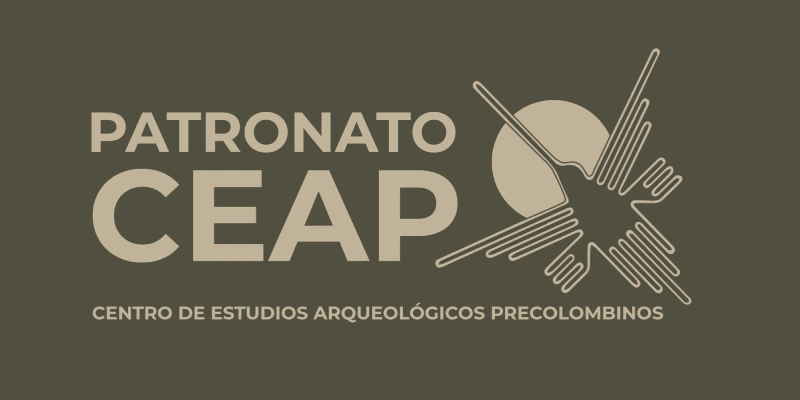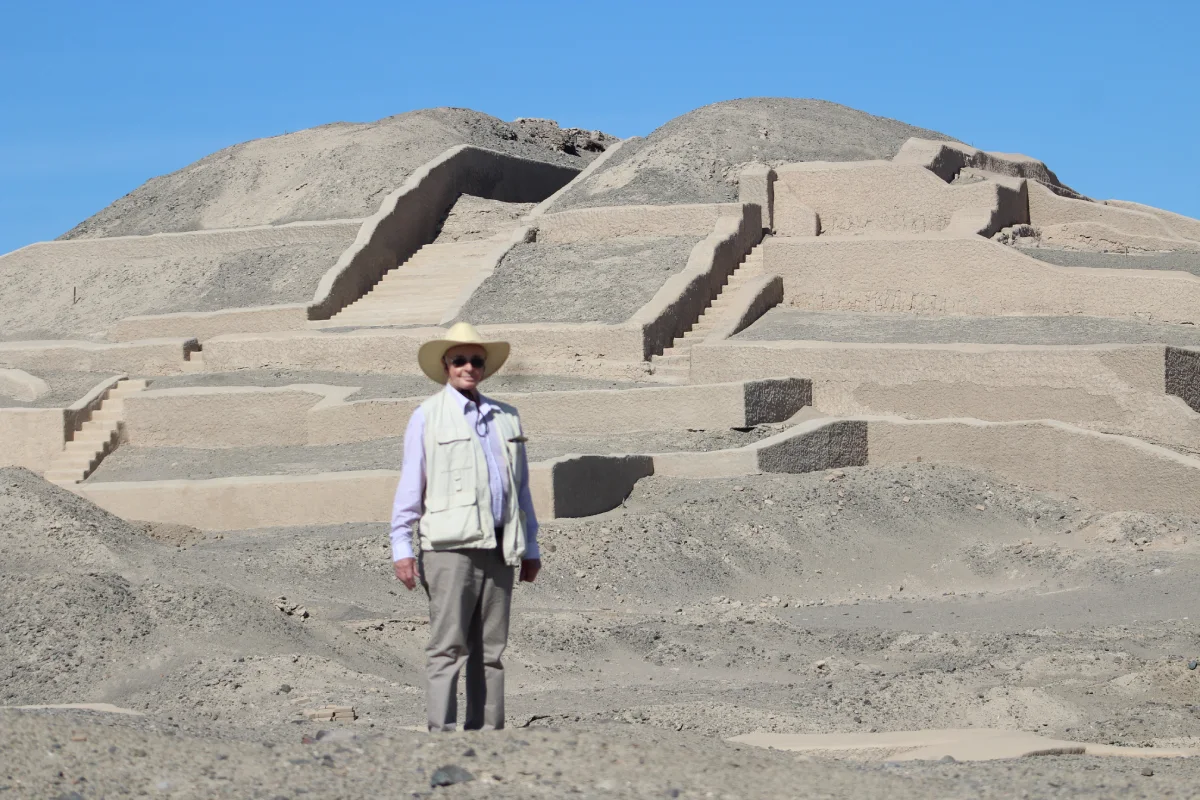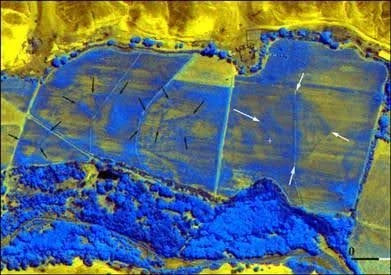Thanks to the work of scientists such as María Reiche, who dedicated decades to studying the pampas, today we know how the Nasca Lines were made. However, their purpose remains a mystery.
Theories range from an astronomical calendar and places of worship to esoteric explanations linking them to paranormal phenomena and beings from other worlds.
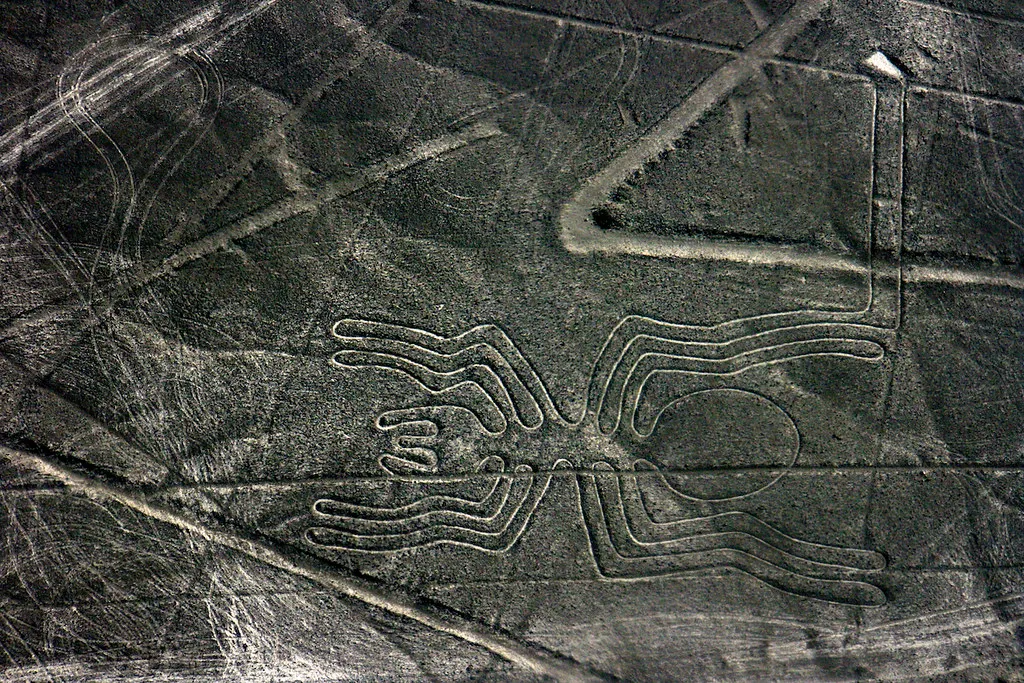
Von Däniken and the Alien Theories
One of the most widespread interpretations is that of Swiss writer Erich von Däniken, who in 1968 published Chariots of the Gods. According to him, the lines were “landing strips for alien spacecraft.”
Von Däniken already had a history of fraud and embezzlement, but his book—considered his masterpiece in the genre of deception—was translated into 26 languages and sold at least 65 million copies.
Although his hypothesis lacks any scientific basis, it did help bring the lines to global attention, though not in the most appropriate way.
Myths and Superstitions Around the Nasca Lines
A quick web search shows the large number of unscientific theories still circulating, many inspired by von Däniken. These interpretations, while striking, have distracted from the true cultural and archaeological value of the lines.
The Contemporary Scientific View
A study carried out by Japanese archaeologists in 2015 suggests that the Nasca and Palpa Lines were not only connected to ritual concerns of the Nasca and neighboring peoples but also functioned as markers along the route to Cahuachi, the great socio-political and religious center of Nasca culture, described by Giuseppe Orefici as a “theocratic capital.”
These lines, rather than being designed to be seen from the sky, can be appreciated from nearby mounds and hills, accompanying the path to Cahuachi and reinforcing its ceremonial role.
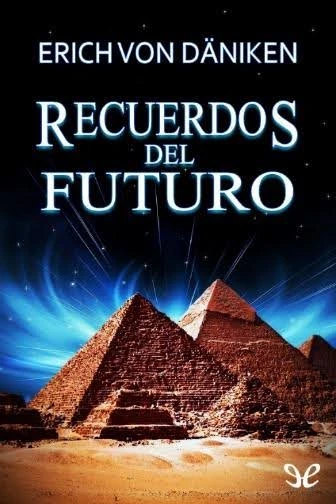
—Erich von Däniken, Chariots of the Gods, 1968.
